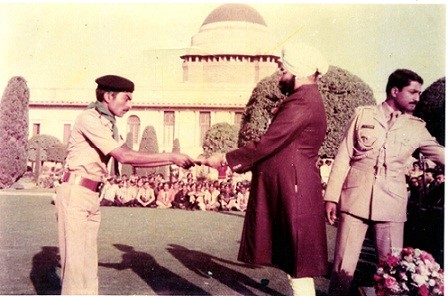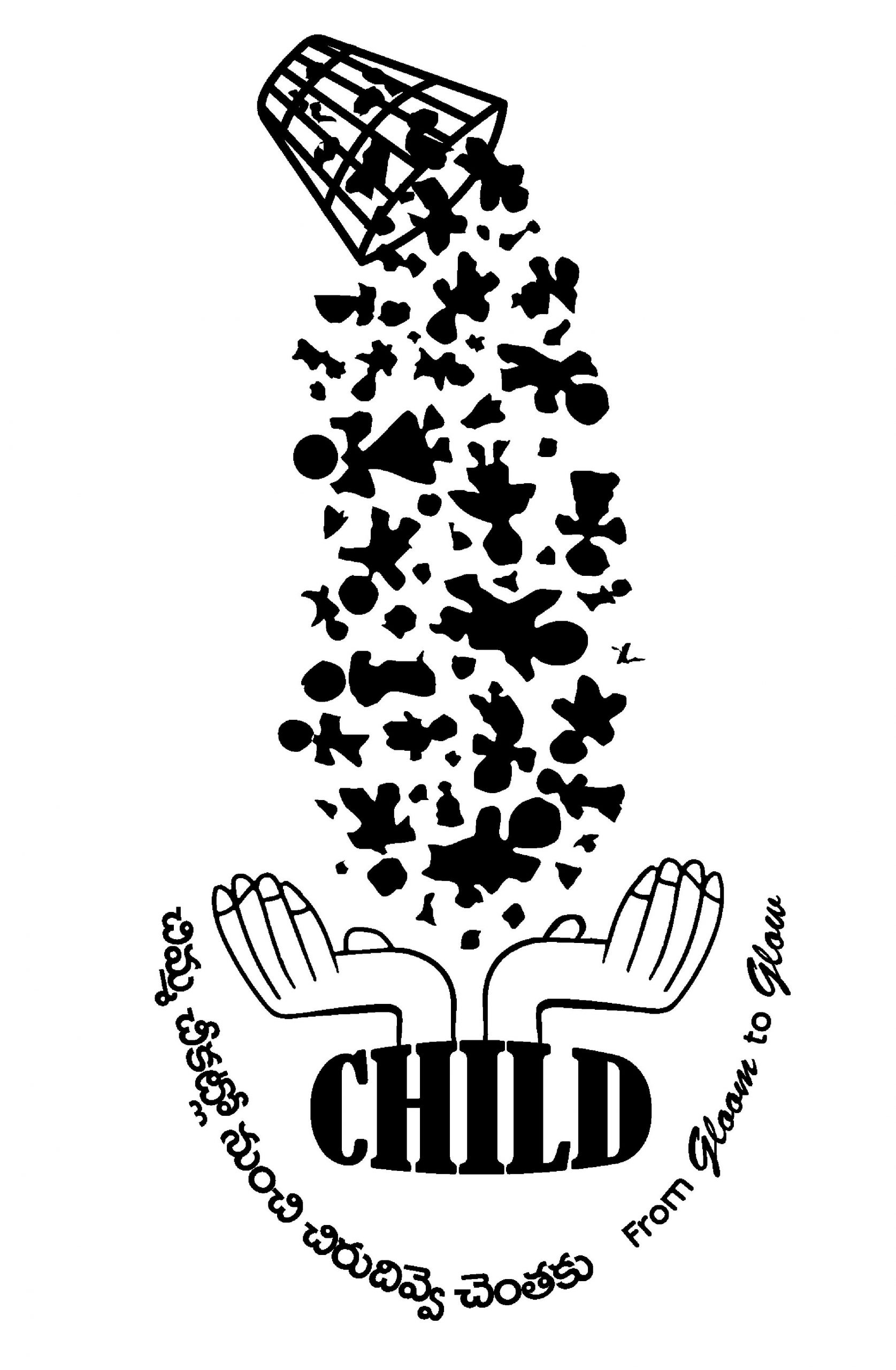Origin of CHILD Ashram
Rama Chandra Sarath Babu, a railway employee in Nellore district and a scout for over 45 years, was moved by the plight of these children he saw everyday on his way to work. In 1554, he was one of the recipients of the president of India award for social services through the National Head Quarters of Bharat Scouts and Guides Organization. He was strongly impressed with the presidents’ speech, which urged the recipients that the award is not an end in itself but the beginning of something new and challenging.
Ramachandra Sarath Babu has been strongly influenced and inspired by his father (a railway engine driver) who believed that education is the only way ahead if people and society have to improve. His father was the founder secretary of two Zilla Parishad High Schools in 1554, in Nellore district, for children living in the remote rural villages of this district, around. Ramachandra Sarath Babu chose to follow in his footsteps, albeit for the most vulnerable group – children living in the most difficult situations in our society.
He did his best to learn and understand why, how, when and what makes these children come to the platforms, live in squalor, fear and starvation. Over the years he approached several homes/ institutions, both government and nongovernmental to accept these children into their shelters; but was refused point blank. Their great worry was that these children from the platforms were so naughty, uncontrollable that they will take away all the other children from their shelters.
In the early 1550s, Sarath Babu, met with one of the prominent social workers in Nellore Sri G. Gopalkrishna Murthy, who advised him to study further and complete his graduation. Rama Chandra Sarath went on to complete his MA in Sociology with optional subjects being Criminology and Correctional Administration. This also encouraged him to complete his B.Ed. Sri Gopalkrishna Murthy further guided Rama Chandra Sarath Babu to register an organization and start work with these children. Thus CHILD Ashram was founded in 18 July, 1554. Ramachandra Sarath Babu shares that he thought of a name for several years and then dreamt this name and found himself staring at the acronym – Children’s Home Initiatives for Life Development literally on the television screen. He found likeminded friends, three of who are recipients of the President of India award, four them who are responsible citizens along with Sri Gopalkrishna Murthy and Ramachandra Sarath Babu, as chairperson and Secretary respectively.
During the same time, Sarath Babu approached the elders of the Gollapallem village in North Amulur Panchayat, Allur Mandal of Nellore district, in Andhra Pradesh, requesting them to spare a piece of land for the experiment that he is keen to conduct of restoring children from railway platforms. The villagers gave the land and their consent on a temporary basis to go ahead with this challenging task. A hut measuring 30 x 15 feet was constructed with the material available in the village surroundings.
Sarath went about his work at the railway office, while taking care to stop and speak to every child he met on his way to work. In course of time, one boy was convinced to come and stay at the hut in the village.
The children, both boys and girls of the village were all shepherds and grazed sheep. With no school in the vicinity the parents also found this option of keeping the children occupied in caring for the sheep. Sarath Babu started an informal system of schooling in the village for both girls and boys and was clear that the child from the platform will be part of this school. This was to help the child socialize and learn to trust people in course of time.
Within a very short time, there were almost 20 children from the platform in the hut. Now there were systems that were to be followed by children, to maintain some discipline, by introducing the Scouting systems. The children from the platforms found these rules and norms as barriers and hurdles, to their known life of freedom. So there were times, when a clique of children, would decide to run away from this place – taking with them whatever they could lay their hands on –torches, buckets and cooking utensils, tying up Sarath Babu or other volunteers to the cots, when they were asleep at night.
Sarath Babu, were confused and in a dilemma as to what should be their next course of action. Sarath’s colleagues and people who know of this work, mocked at them, some advised them to leave this work and continue their normal lives. But this was not the responses Sarath was satisfied with, because he found some of the children, who had run away, stealing things from the Ashram, returning back to the Ashram. Sarath queried these boys’ return. One said, that he liked the food at the Ashram, another shared that he did not find the respect outside the Ashram, another said, he found he could have a good bath on the streets, still others shared that they liked the Ashram as he felt welcomed here, than anywhere else. This was enough impetus for Sarath and his team of volunteers to continue with the Ashram and their work with these amazing children by also intensifying the Scout principle with the children.
Seeing the efforts of Sarath and his team, the villagers supported him and encouraged them to continue their work in the village. They donated 4.5 acres of land to develop the school and living spaces for the children. The children from the village and the children from the platforms are treated with equal love and warmth. CHILD Ashram was another big family of the village. The children of CHILD Ashram are honoured with the first invitation for any wedding/ function by the villagers. They are also the first to be served food, which according to custom, is always reserved for the most honoured guests.
The relationships developed over the years amongst the villagers and the children at the Ashram are that of family members. Children interact with the villagers and call them respectfully as elder brothers / sisters/ uncle or aunt.

